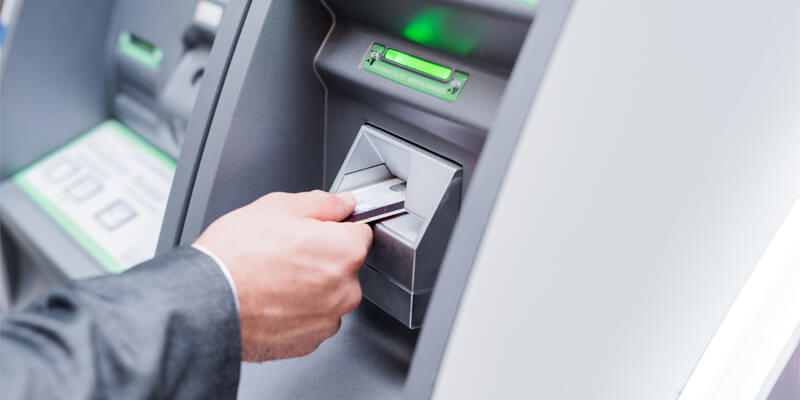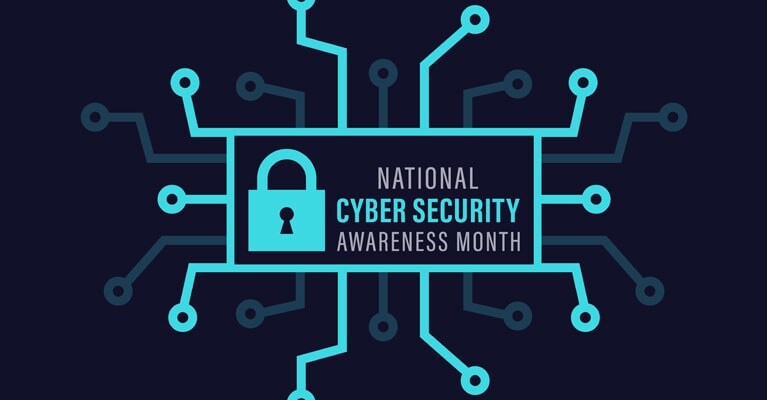Spring into Security: Tips to Safely Use ATMs and Protect Your Debit Card

$10+ billion: that’s how much consumers reported losing to fraud in 2023, according to the Federal Trade Commission. It is the first time that losses to fraud have crossed that threshold and represents a 14% increase from 2022.
With so much money on the line, it is vital to take steps to educate yourself on fraud tactics and ways to protect yourself and your wallet.
Here are some tips to spring into security, safely use ATMs and protect your debit card.
How it Works
- “Skimming” Devices: These are one of the most common tools scammers use to obtain your debit or credit card information. Once installed on an ATM or point of sale (POS) terminal, these devices are used to copy your card number and account details to create fake cards with your legitimate information.
In some instances, scammers have even gotten sophisticated enough where they will use a Radio Frequency Identification (RFID) skimmer. With this technology at their disposal, scammers just need to get close enough to their potential victims at an ATM or retailer for the skimmer to copy their victim’s card data. Using an RFID-blocking wallet, purse or card sleeve can provide added protection. - “Helpful” Customers and Hidden Cameras: Fraudsters may attempt to hide cameras near ATMs and POS terminals to record your PIN as you enter it to conduct your transactions. Some scammers may even pretend to be a customer waiting to use the ATM after you to try to capture your information. If the ATM malfunctions and that “customer” waiting nearby offers to help you, it could be a red flag that the machine has been tampered with.
- Old Fashioned Tactics: The rise in technology has made fraudsters’ tactics more sophisticated in many ways, but there are still instances where they rely on old fashioned tactics like robbing their victims after they withdrawal their money.
- The Payoff: Scammers have been known to use a few methods once they’ve captured your card details. In many instances, fraudsters will quickly make as many transactions as possible before their victim discovers their account has been compromised. However, some will start with small transactions to see if they get noticed before going for a larger payoff.
How to Protect Yourself
- Inspect ATMs and POS Terminals Before Use: If something about the ATM or POS system looks off, like a loose card reader or PIN pad or sticky substance around them, this could be a sign that the system has been tampered with. Remember to inspect the card reader for after-hours access to ATMs as well. If you have difficulty inserting your card, this may indicate something foreign has been placed inside the terminal to capture card information from the EMV chip. Alert the bank or business if you notice something suspicious and go elsewhere to get your money.
- Be Aware of Your Surroundings: Whenever possible, park and choose an ATM in well-lit areas. Have your card ready and ensure you’re aware of those around you, particularly if you notice something out of the ordinary. Shield the keypad to protect your PIN from others nearby, put your money away immediately and confirm the transaction has been completed and your account is no longer visible before leaving.
- Know Your Card’s Terms: Know what is covered for your various cards and accounts when it comes to unauthorized purchases. Opting to use your debit card as a credit card at merchants can also enable you to complete your transaction without the need to enter your PIN.
- Monitor Accounts with Online/Mobile Banking: Regularly review your accounts for suspicious transactions through your online and mobile banking. You can also set up card controls to lock cards as needed and set account alerts for potential fraudulent purchases.
- Use Peer-to-Peer (P2P) Payments: If you are withdrawing money to pay a friend or loved one, consider sending your payment via P2P platforms like Zelle® to avoid the need for cash. But remember to only send money to those you know closely and start with a small test transaction to ensure your intended recipient gets it.
If You’ve Been the Victim of Fraud
- Immediately Contact Your Bank: Notify them of any fraudulent purchases, have your accounts frozen and request new account numbers and cards.
- File a Report: Contact local law enforcement to file a police report and file a report with the FTC at https://reportfraud.ftc.gov.
- Place Fraud Alerts: Have a fraud alert put on your credit reports with Equifax, Experian and TransUnion. Reviewing your credit report regularly can also help identify fraud.
Fraudsters never sleep, but with the proper knowledge and vigilance you can help prevent yourself from becoming one of their victims.

Helping you boost your financial intelligence.
Read our financial resources from your friends at WSFS.



